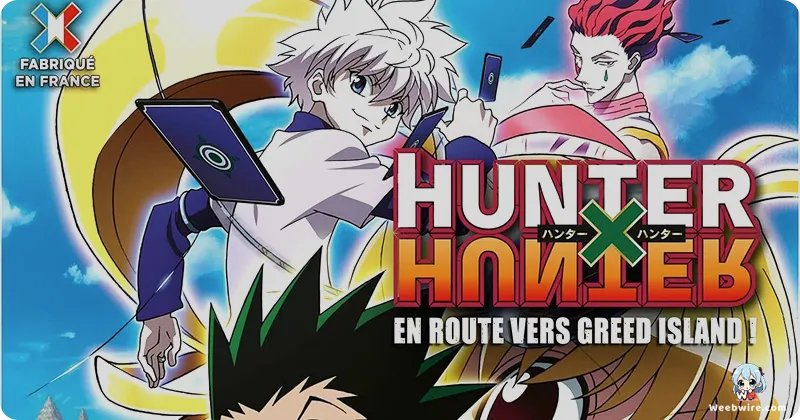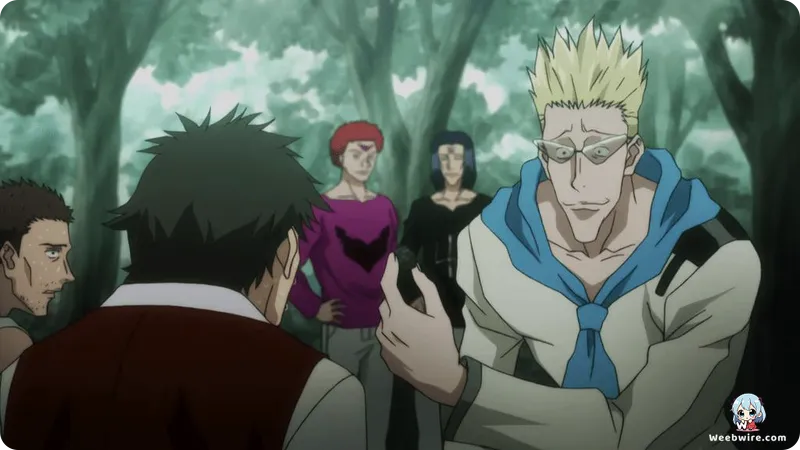Beyond the Game: Unveiling the Genius Behind HUNTER×HUNTER's Greed Island Arc

The acclaimed universe of HUNTER×HUNTER continues to captivate audiences with its intricate power system, unforgettable characters, and a narrative that consistently defies expectation. Among its most celebrated sagas, the Greed Island arc stands as a monumental achievement, a self-contained adventure that not only serves as a rigorous training ground but also profoundly explores the series' foundational themes. While fans widely praise its strategic depth and character evolution, a deeper dive reveals intriguing insights that cement its status as a masterpiece of shonen storytelling.
At its core, Greed Island introduces a revolutionary concept: a perilous, Nen-infused video game existing tangibly within the real world. Conceived by Gon's enigmatic father, Ging Freecss, alongside his formidable companions, this game transcends virtual reality. It manifests as a physical island brought to life through extraordinary Nen abilities, blurring the boundaries between fantasy and reality. Every injury, death, and triumph carries genuine, real-world ramifications, making it a high-stakes environment where players risk their very lives. This unique premise pushes protagonists Gon and Killua to their absolute physical and strategic limits.
The arc itself is a remarkable homage to classic role-playing games. Its meticulously designed collectible spell cards echo traditional RPG items, while challenging 'boss battles' and the essential need to 'level up' skills immerse players in gaming culture. The 'Accompany' spell card, for instance, enables instant travel, directly paralleling fast-travel mechanics in open-world RPGs. This intricate system, flawlessly integrated through Nen principles, underscores mangaka Yoshihiro Togashi's unparalleled genius in world-building and his clear passion for the gaming medium, compelling Gon and Killua to master strategy and resource management.

A pivotal figure introduced in this arc is Biscuit Krueger. Initially appearing as a youthful, unassuming girl, Biscuit swiftly unveils her true identity as an incredibly powerful Nen master. Her decision to mentor Gon and Killua proves transformative, as she identifies their raw potential while confronting their significant shortcomings. Biscuit's training methods are renowned for their brutal efficiency and psychological depth, forcing her students to refine existing abilities and forge a profound understanding of Nen principles like 'Gyo' and 'Ren' through relentless exercises. Her unwavering belief that 'true strength comes from mastering the basics' resonates throughout, making her one of anime's most memorable mentors, with her meticulously hidden true age adding a touch of comedic brilliance.
Furthermore, the Greed Island adaptation holds unique production history. Unlike the initial HUNTER×HUNTER television series, this arc was adapted as a series of Original Video Animations (OVAs) by Nippon Animation between 2003 and 2004. This format allowed for a distinct pacing and a more focused, often more faithful, rendition of the manga's complex intricacies. The OVA approach provided an ideal canvas for Greed Island's elaborate rules and character dynamics, enabling the animation to fully capture the strategic battles and emotional depth of the narrative. Ultimately, Greed Island serves as a crucial crucible, transforming Gon and Killua from talented novices into truly formidable Hunters, while offering viewers one of the most creatively engaging and strategically rich arcs in anime history.
Credits
HUNTER×HUNTER: Greed Island
Author
Yoshihiro Togashi
Cover Art
Yoshihiro Togashi
Studio
Nippon Animation
Publisher
Shueisha
Producers





